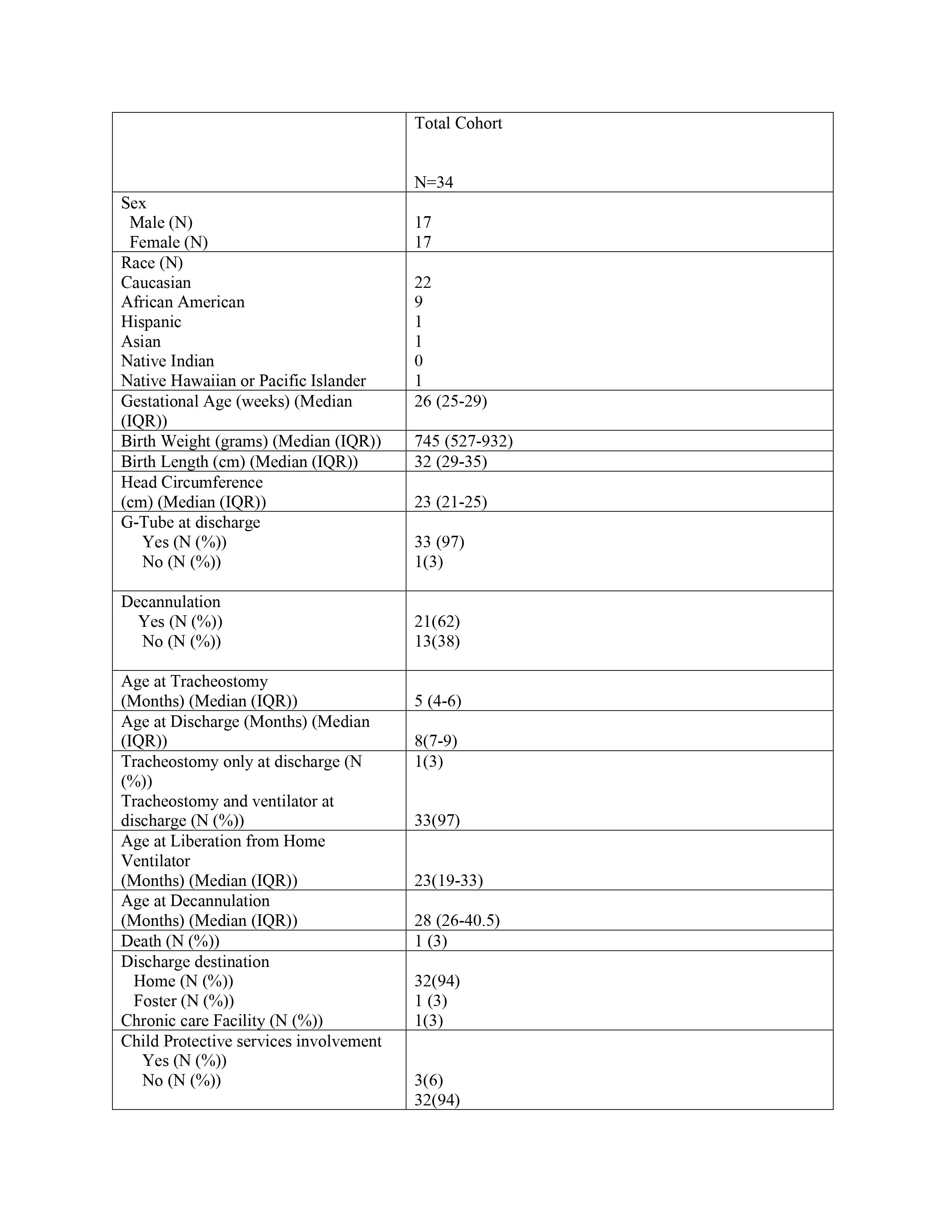Neonatology
Session: Neonatal Pulmonology - Clinical Science 6: Respiratory/Neuro Outcomes, Steroids
592 - Long term Outcomes of infants with bronchopulmonary dysplasia-associated pulmonary hypertension who received a tracheostomy and mechanical ventilation at home
Monday, May 6, 2024
9:30 AM - 11:30 AM ET
Poster Number: 592
Publication Number: 592.2882
Publication Number: 592.2882
- CL
Charisse I. Lachica, MD (she/her/hers)
Neonatologist
Children's Mercy - Kansas City, UMKC School of Medicine
Kansas City, Missouri, United States
Presenting Author(s)
Background: Advances in neonatal care have allowed increased survival of extremely premature infants. Pulmonary hypertension is commonly associated with bronchopulmonary dysplasia in these survivors. Most affected infants require prolonged hospitalization and have a higher risk of morbidity and mortality.
Objective: To report the outcomes of a cohort of infants with severe BPD and associated pulmonary hypertension who received a tracheostomy and ventilator support at home.
Design/Methods: Retrospective chart review of infants born between 2004-2017 diagnosed with BPD associated pulmonary hypertension by echocardiography at around 36 weeks PMA, who received a tracheostomy and were managed in a multidisciplinary Home Ventilator clinic, through 4 years of age or until decannulation
Results: Of 34 patients discharged with a tracheostomy, all but one were on home mechanical ventilation for severe BPD and associated pulmonary hypertension, 33 (97%) survived to 4 years of age. Median gestational age at birth was 26 weeks (IQR 25-29). Tracheostomy was placed at a median age of 5 months (IQR 4-6) (Table 1). 14 of the 34 (41%) were on pulmonary hypertension targeted medications at discharge, and only 4 of 34 (12%) remained on medications at 4 years of age. Need for supplemental oxygen also declined from 88% at discharge to 6% by 4 years (Figure 1). All were liberated from the ventilator, at a median age of 23 months (IQR 19-33). 21 of 34 (62%) were decannulated by 4 years of age, at a median age of 28 months (IQR 26-40.5).
Conclusion(s): Infants with BPD-associated pulmonary hypertension who were on home mechanical ventilation through a tracheostomy have favorable survival and long-term outcomes. While they may depend on medical technology and face chronic health challenges, comprehensive multidisciplinary outpatient management can lead to eventual improvement in their cardiovascular and respiratory status.

.jpg)
